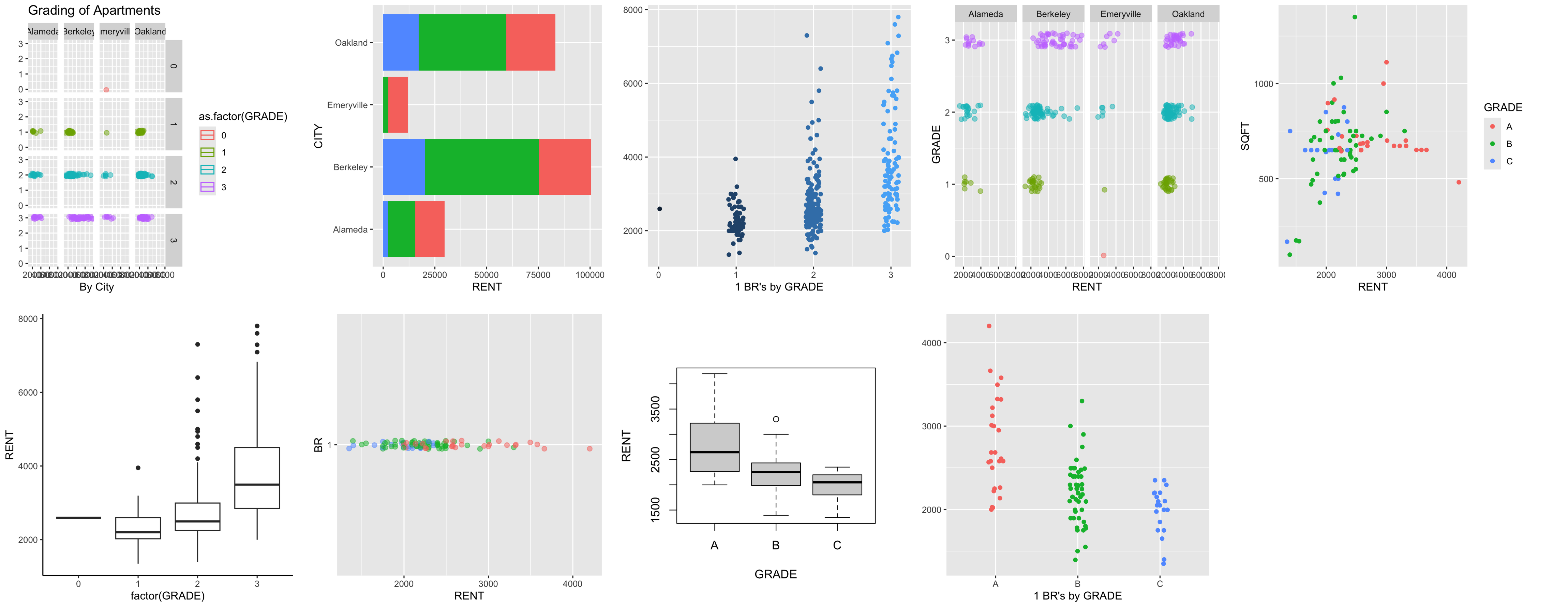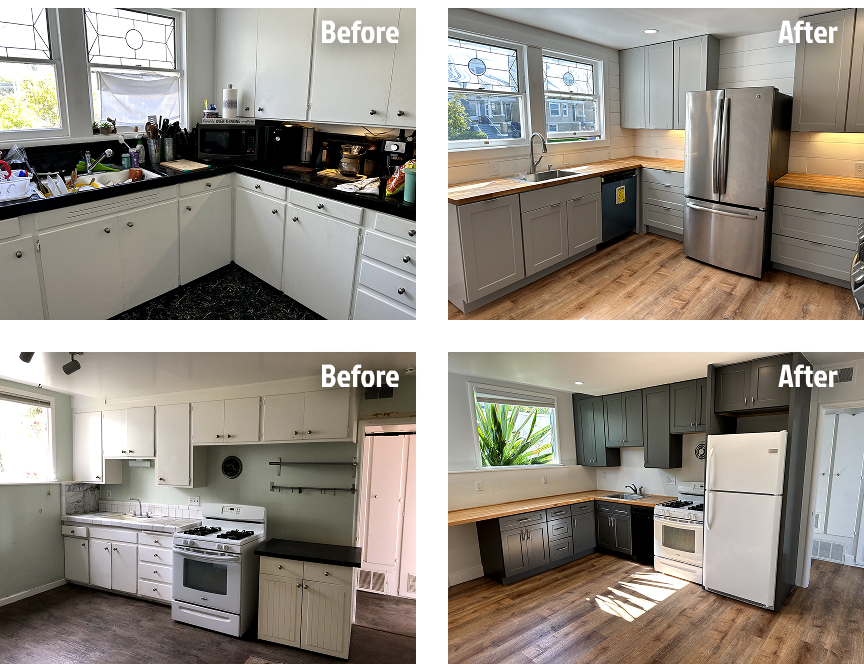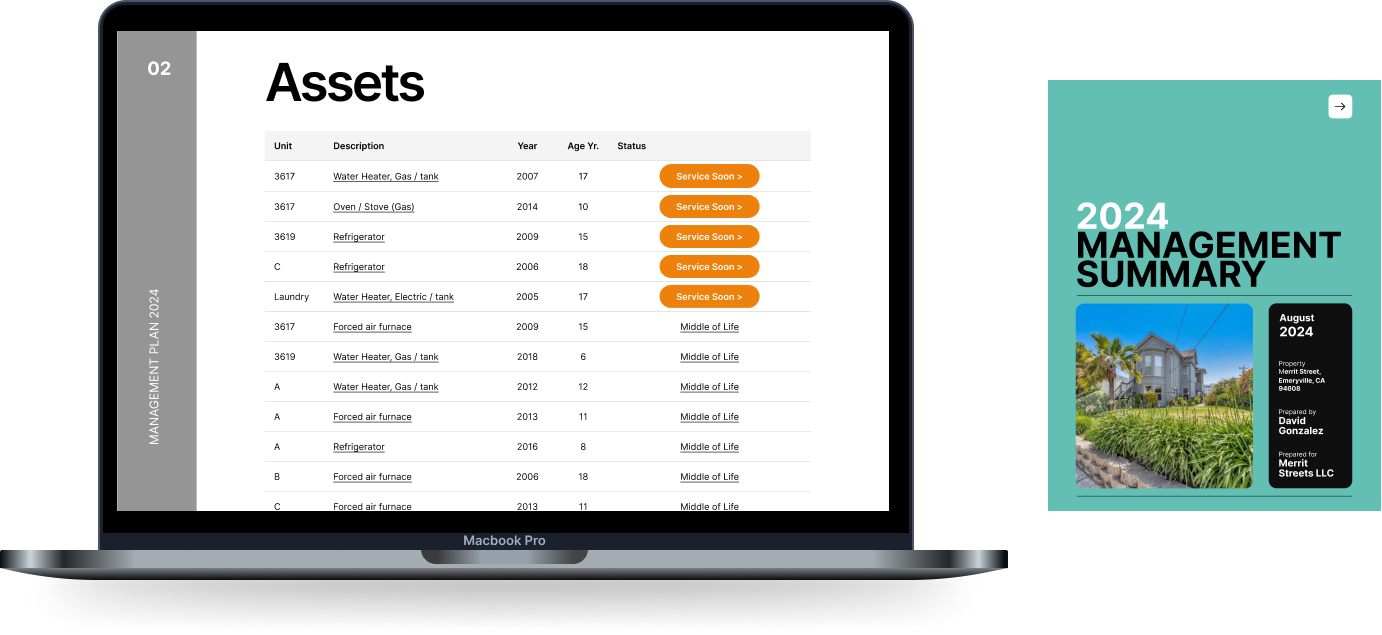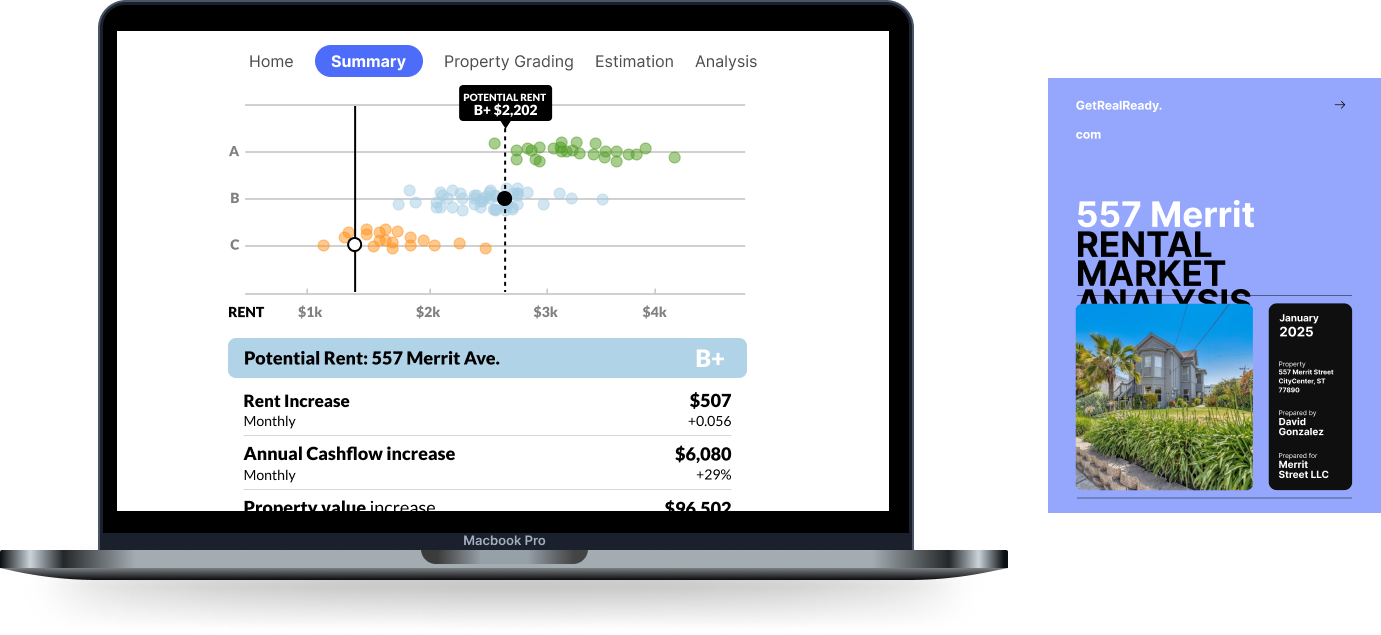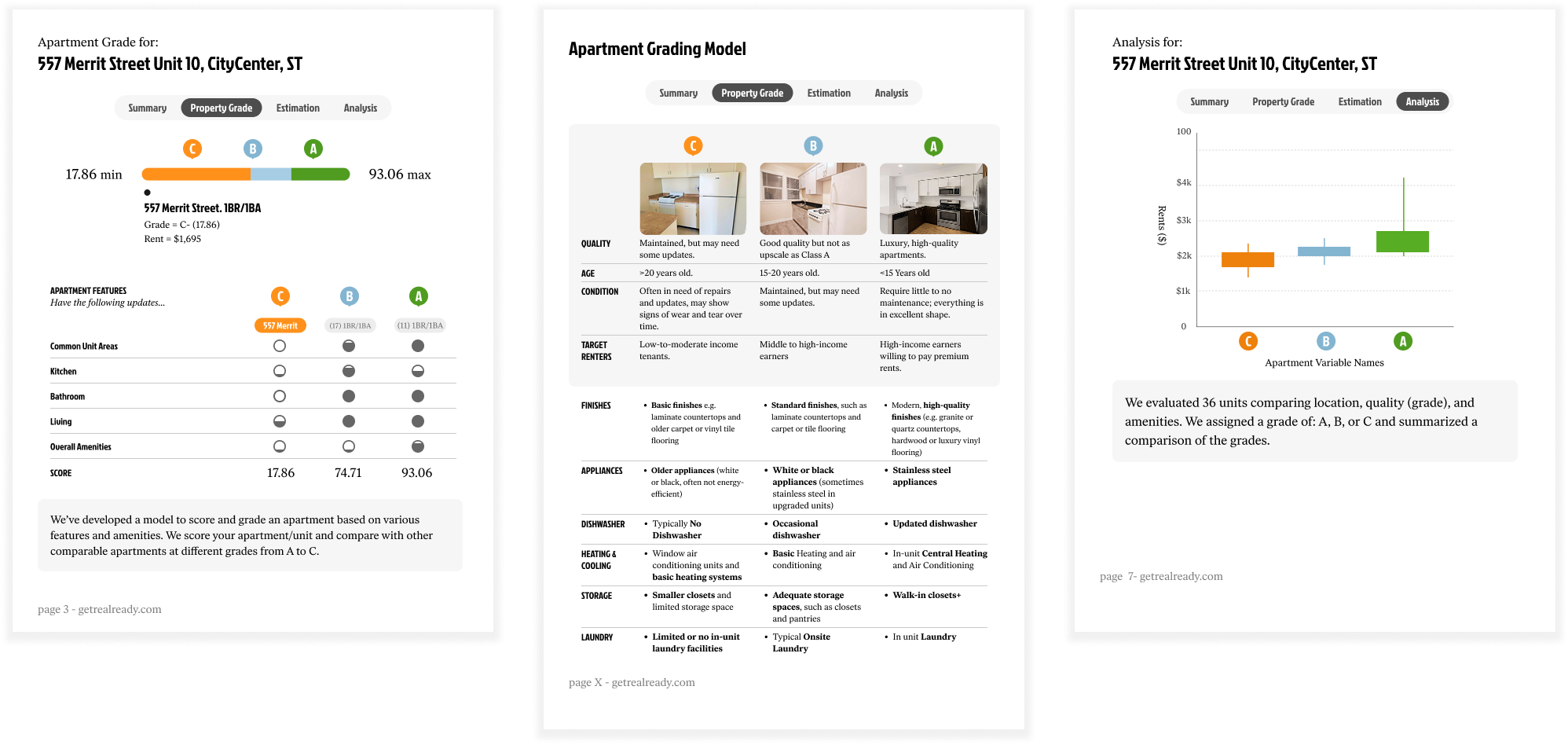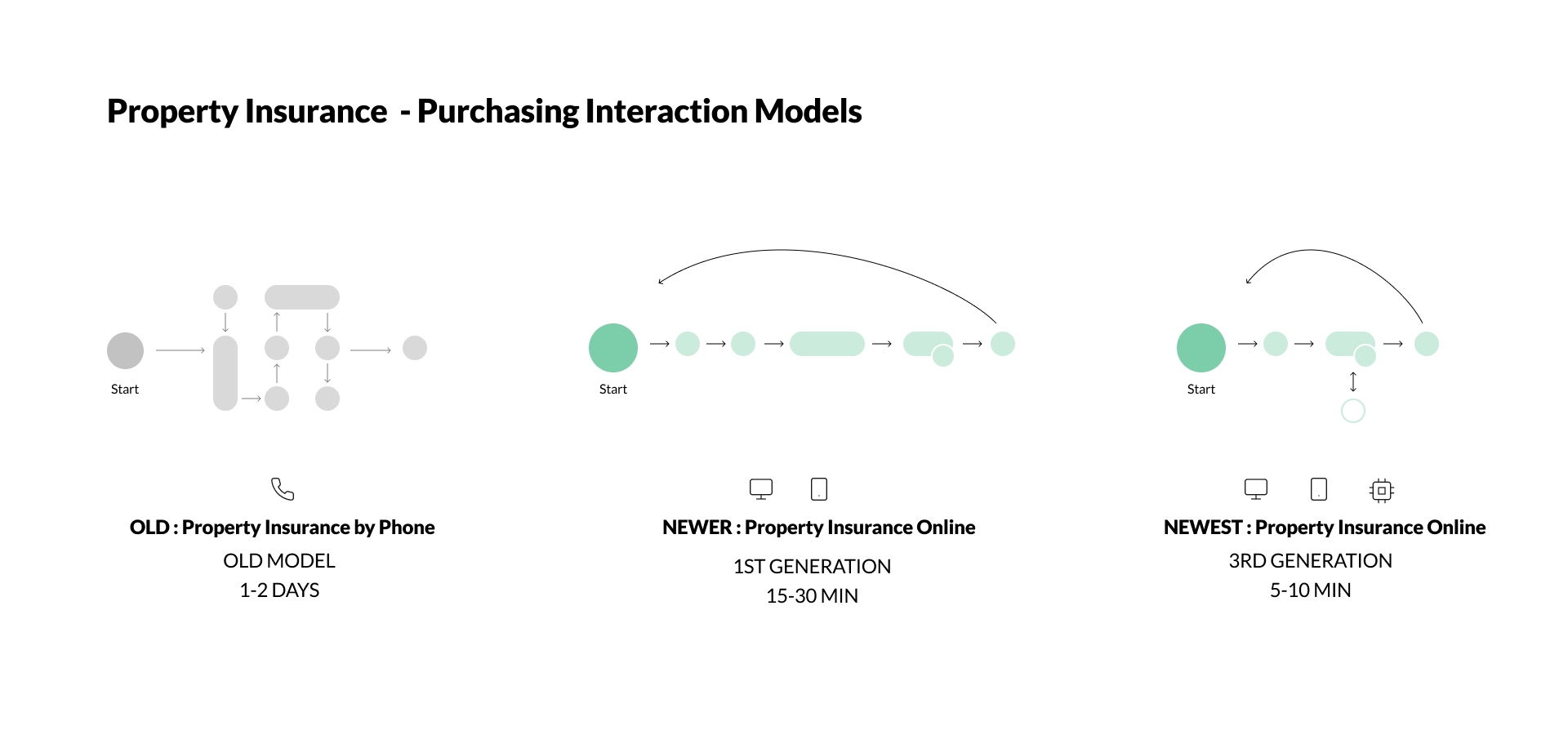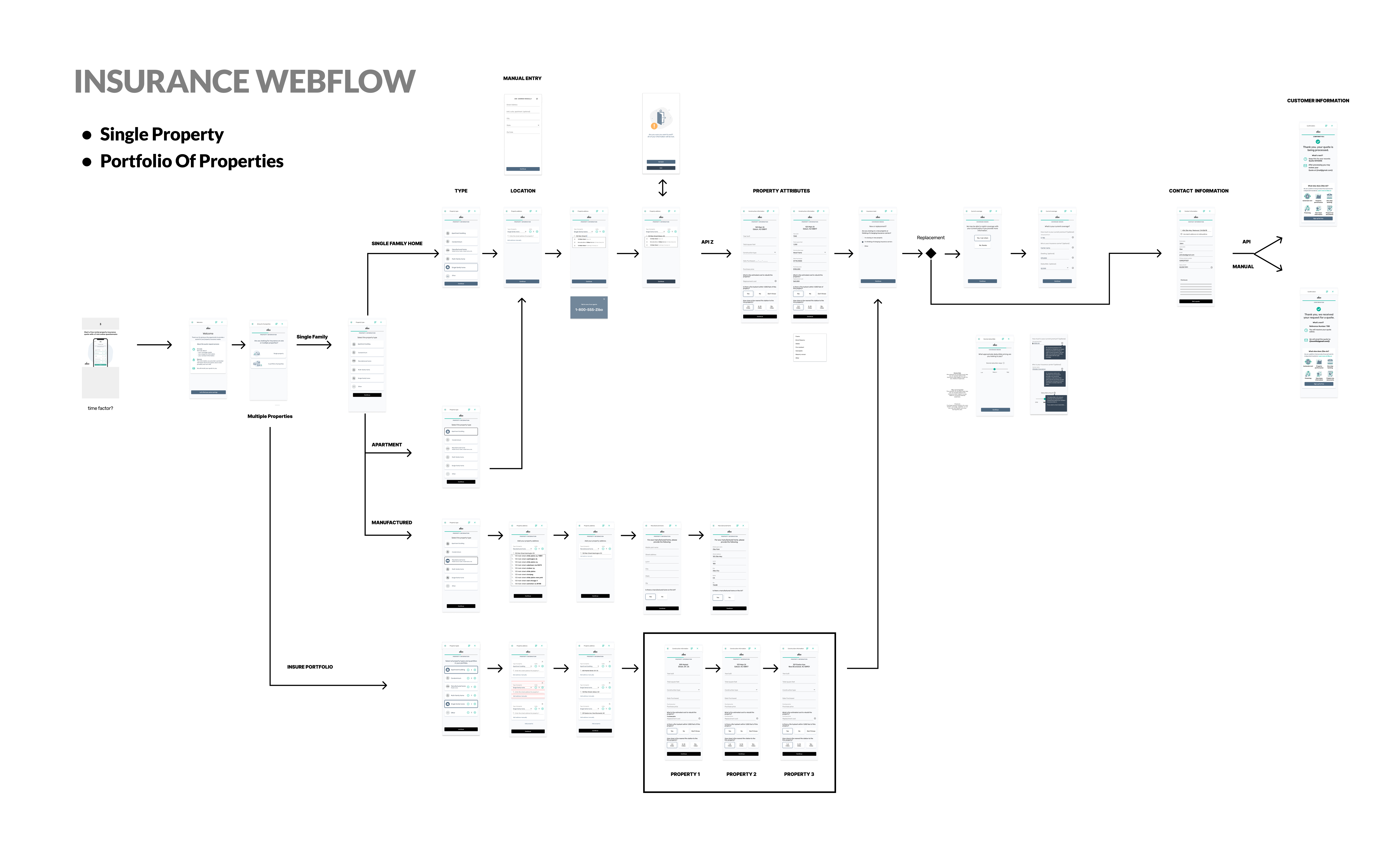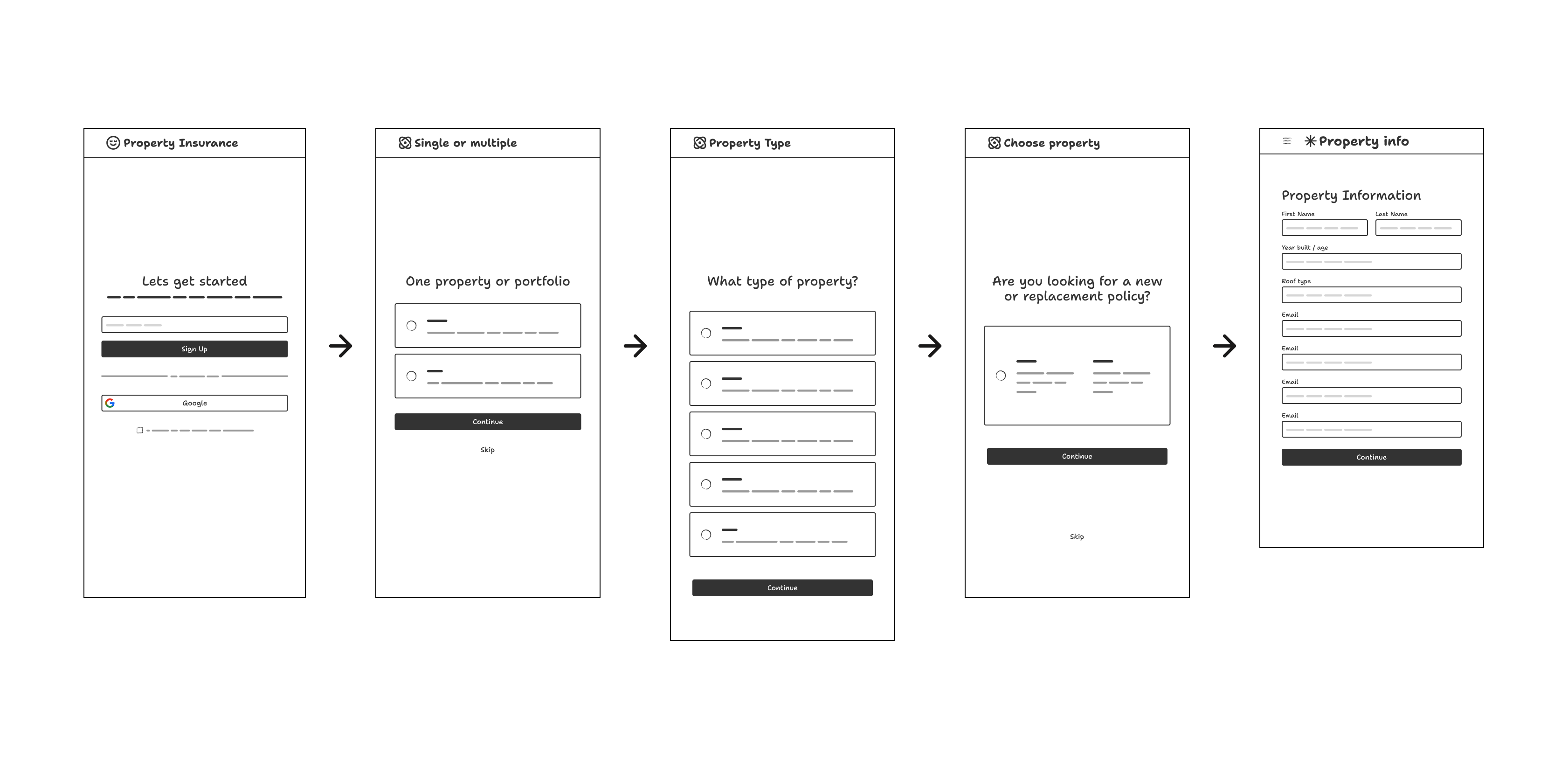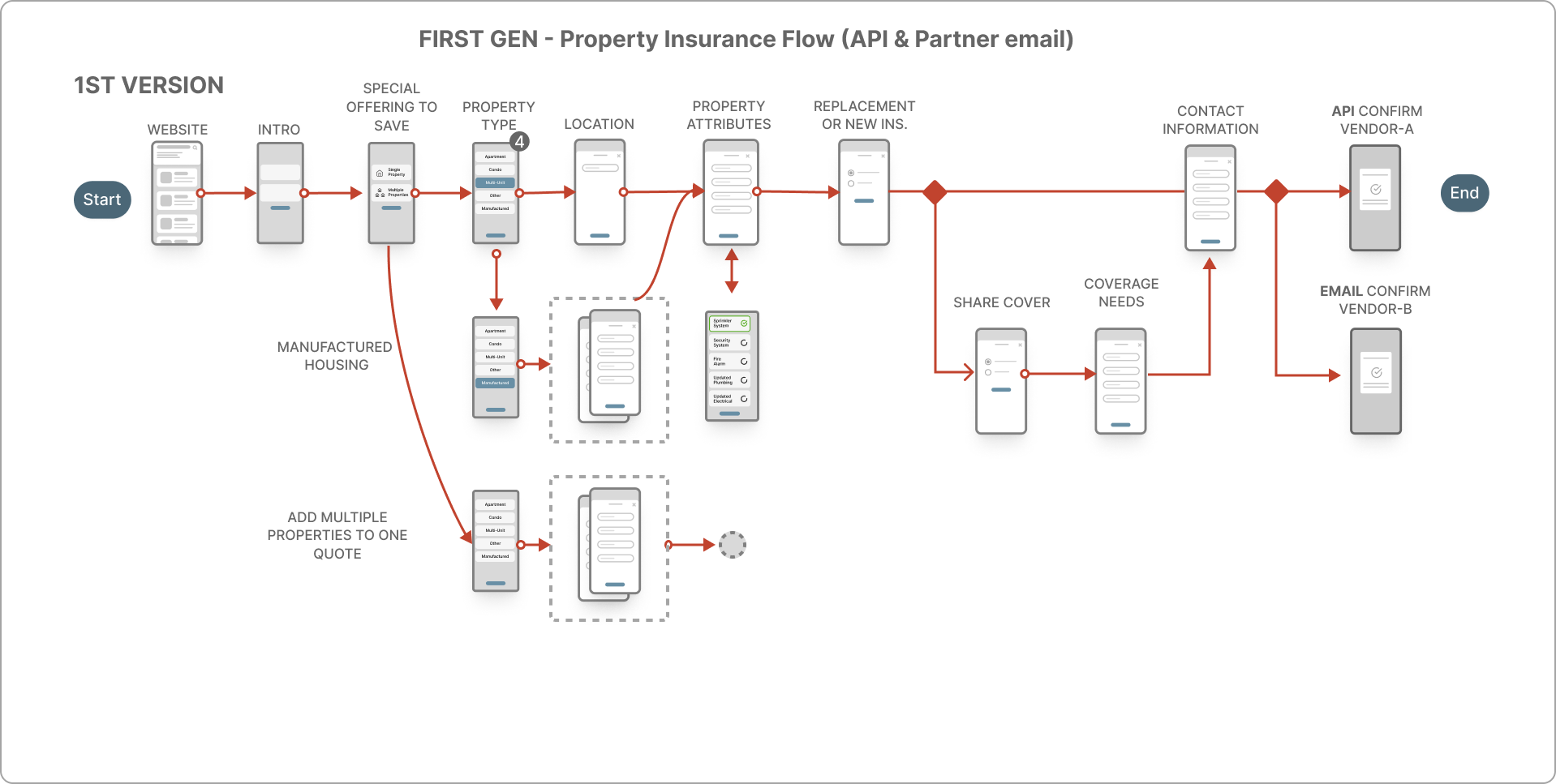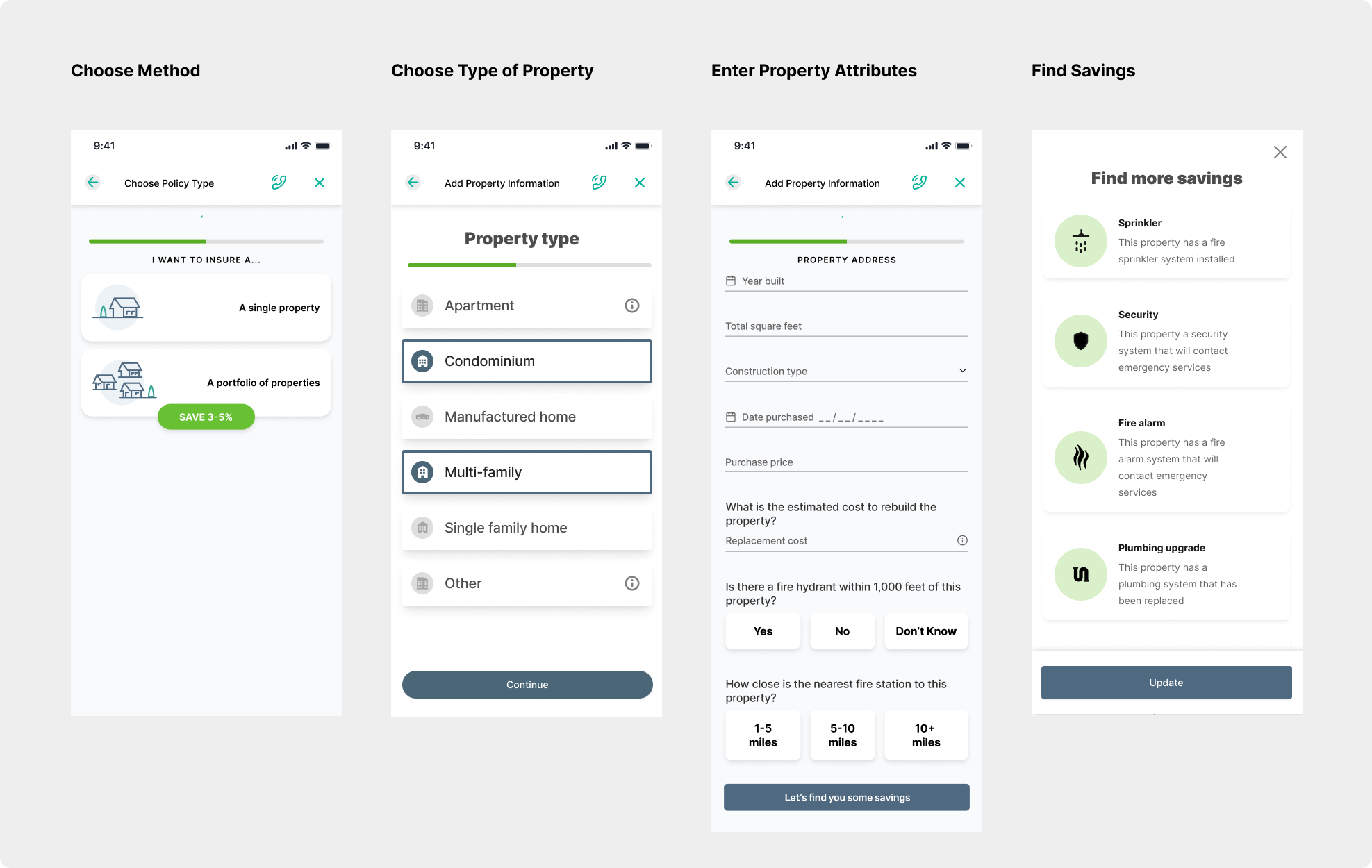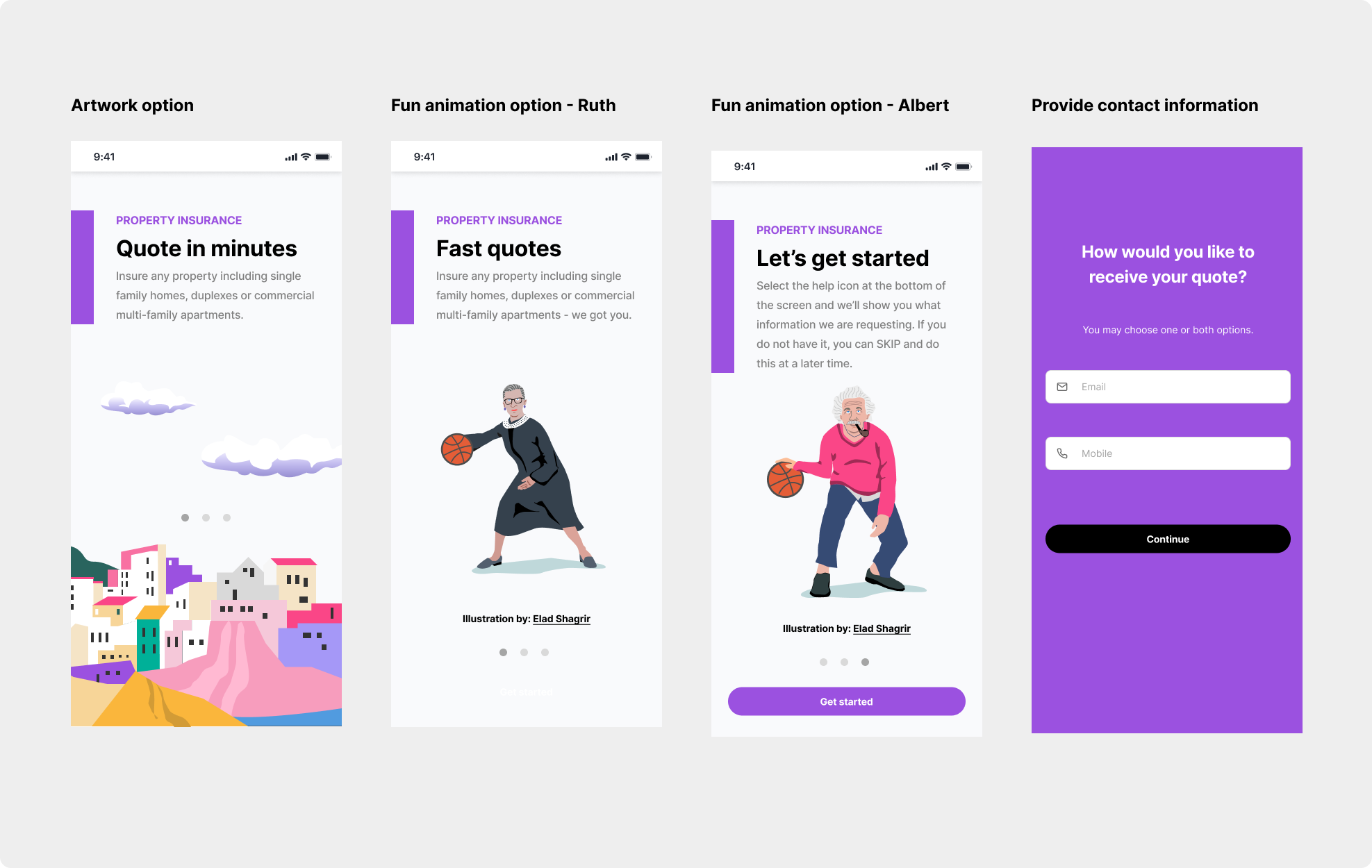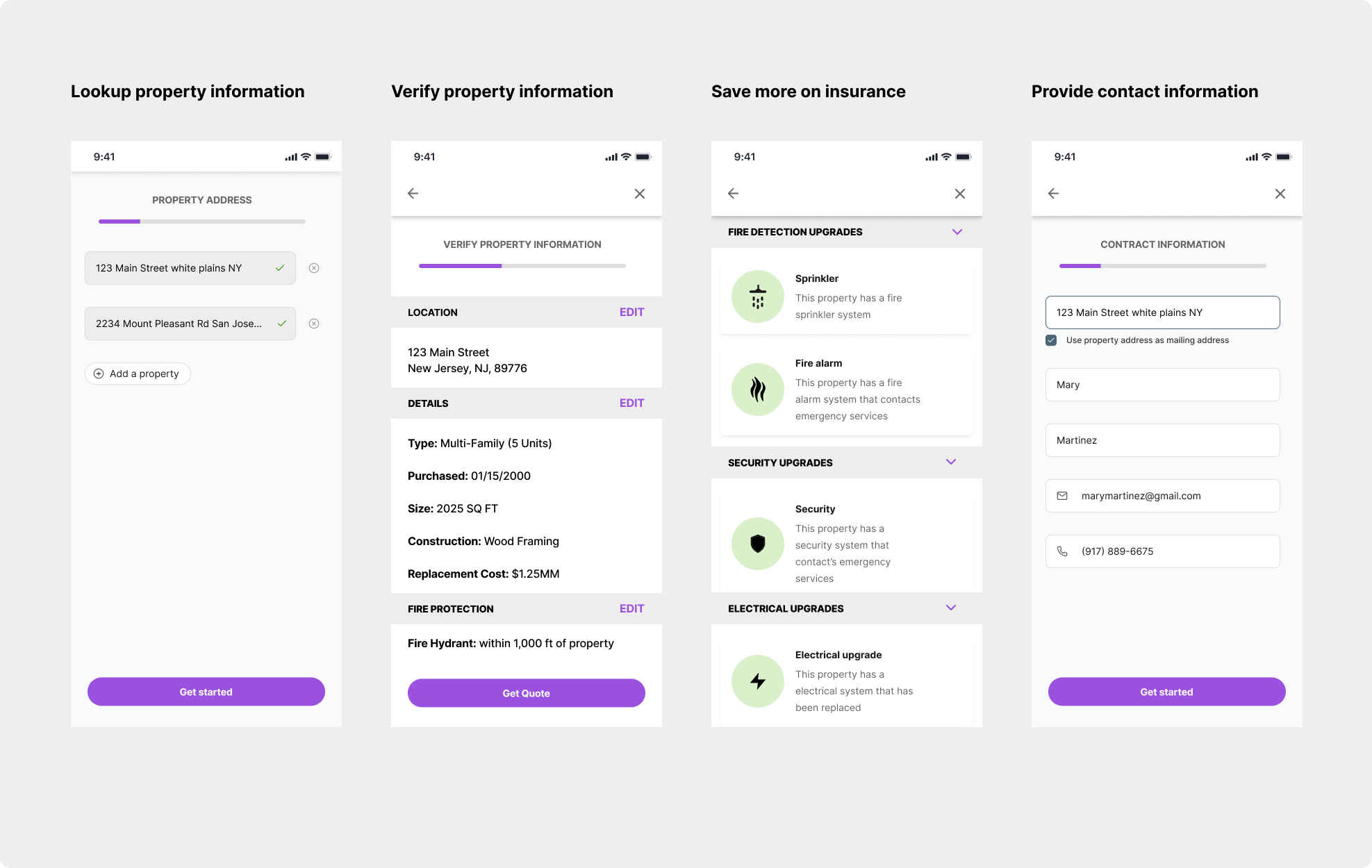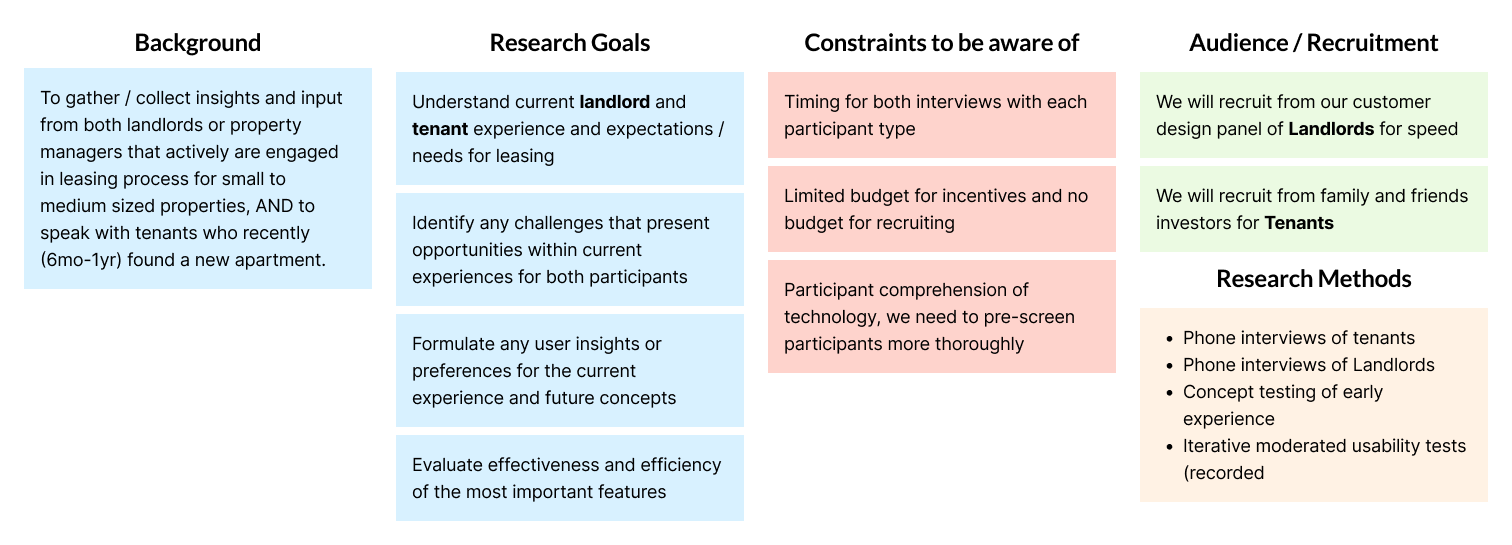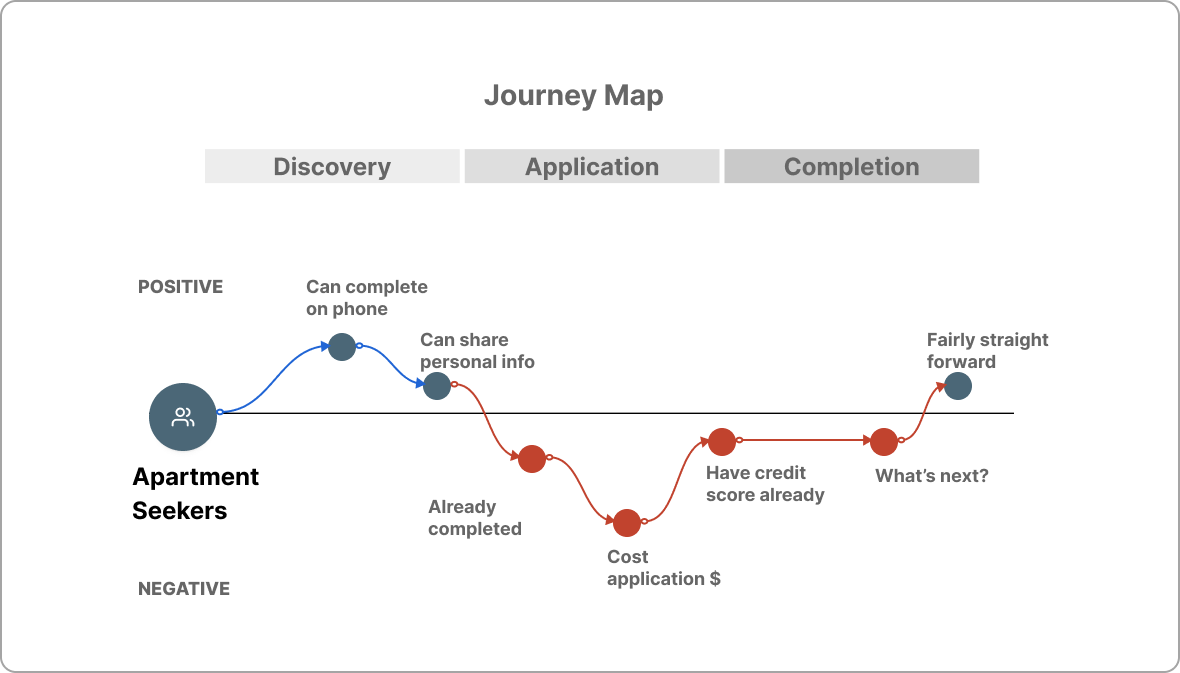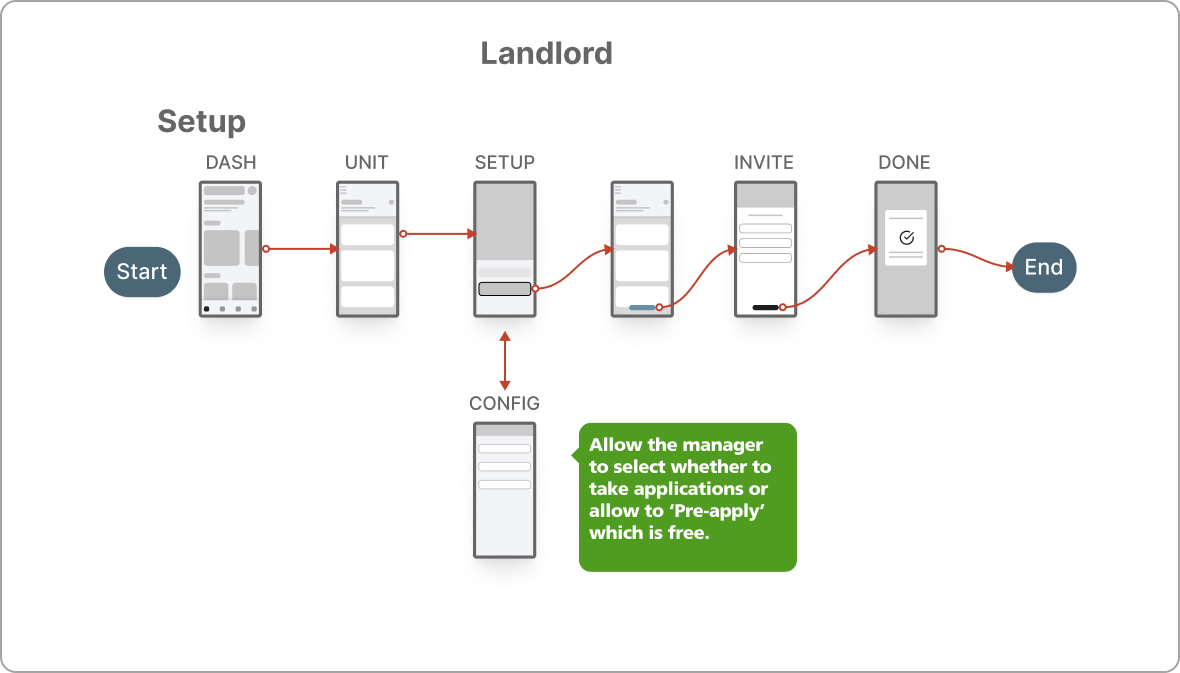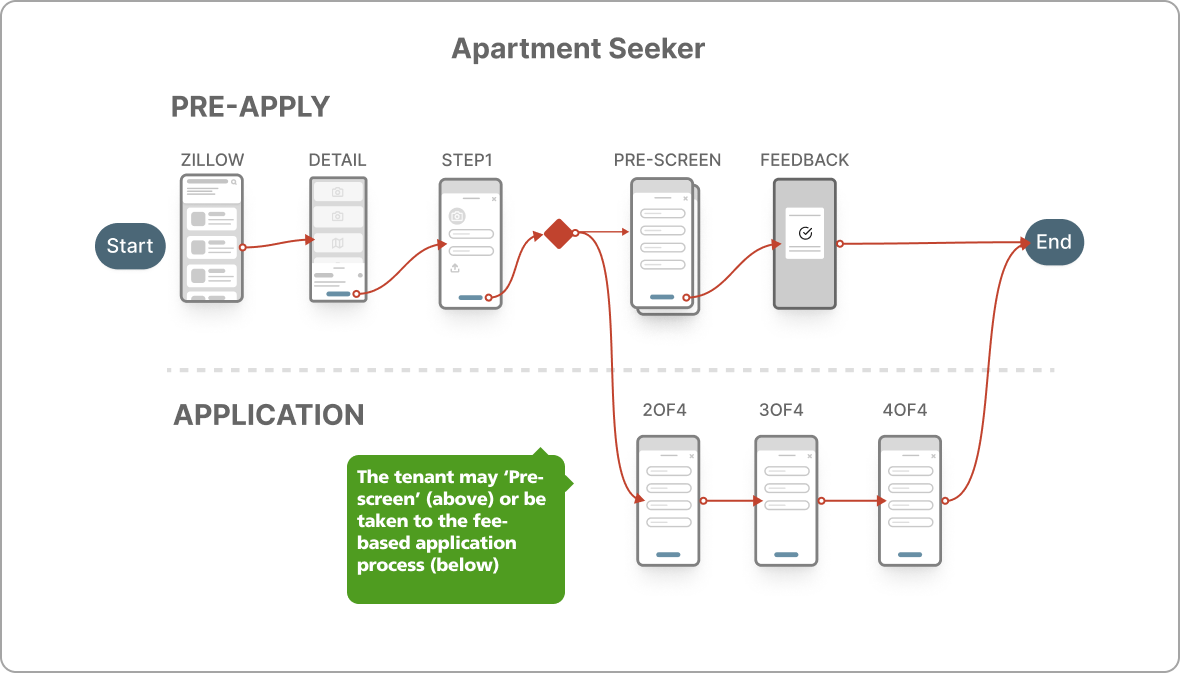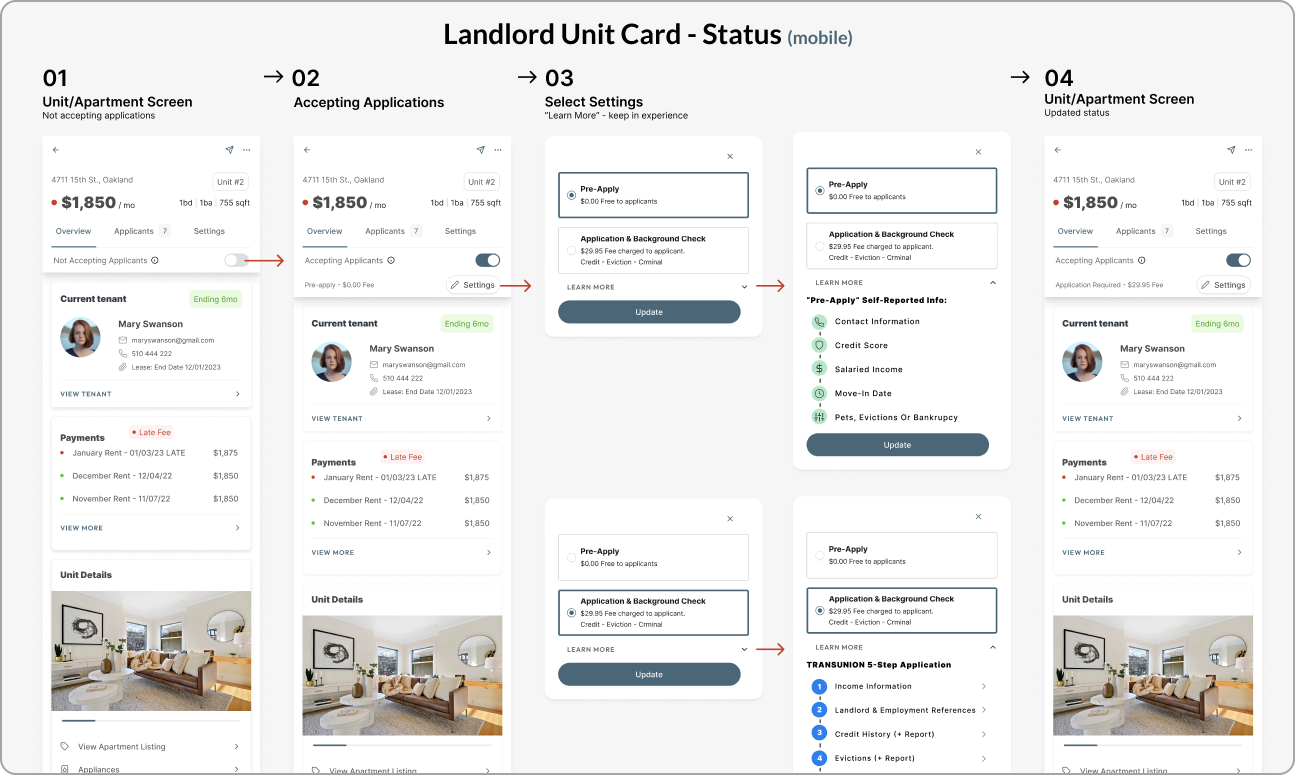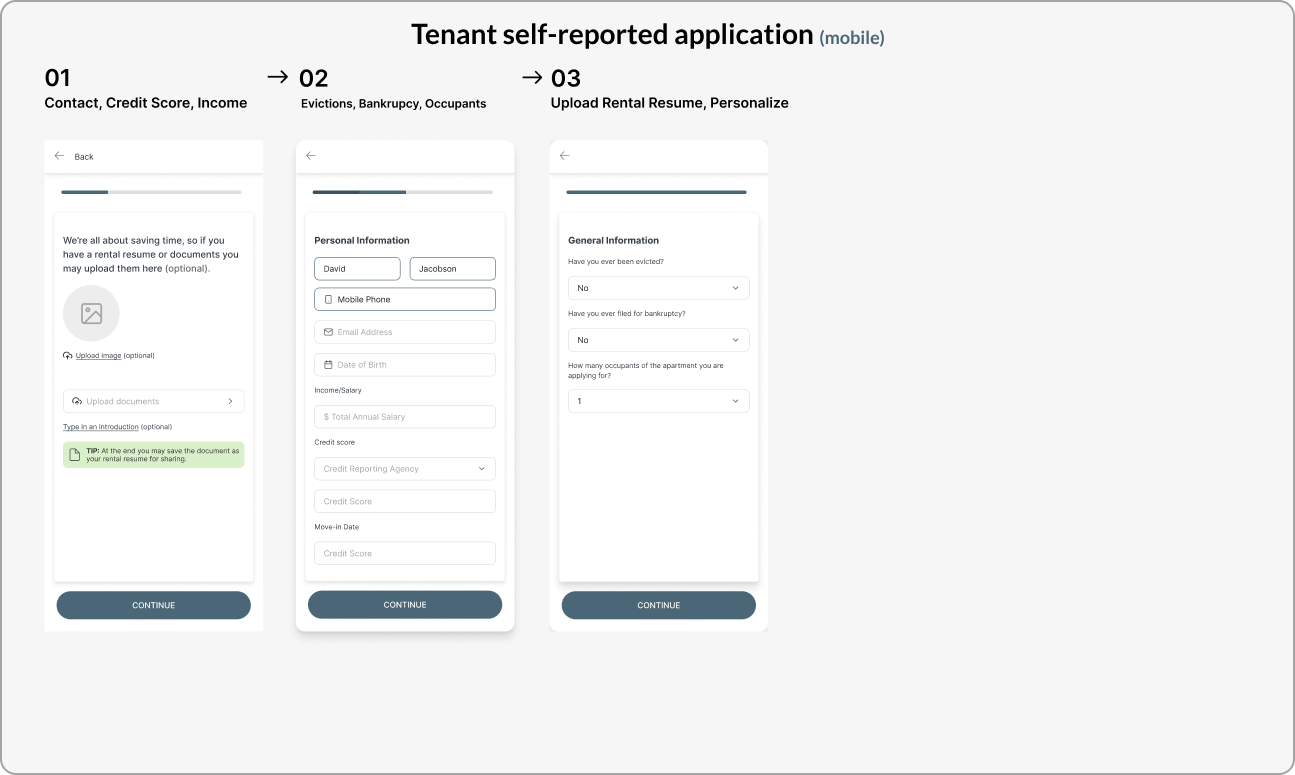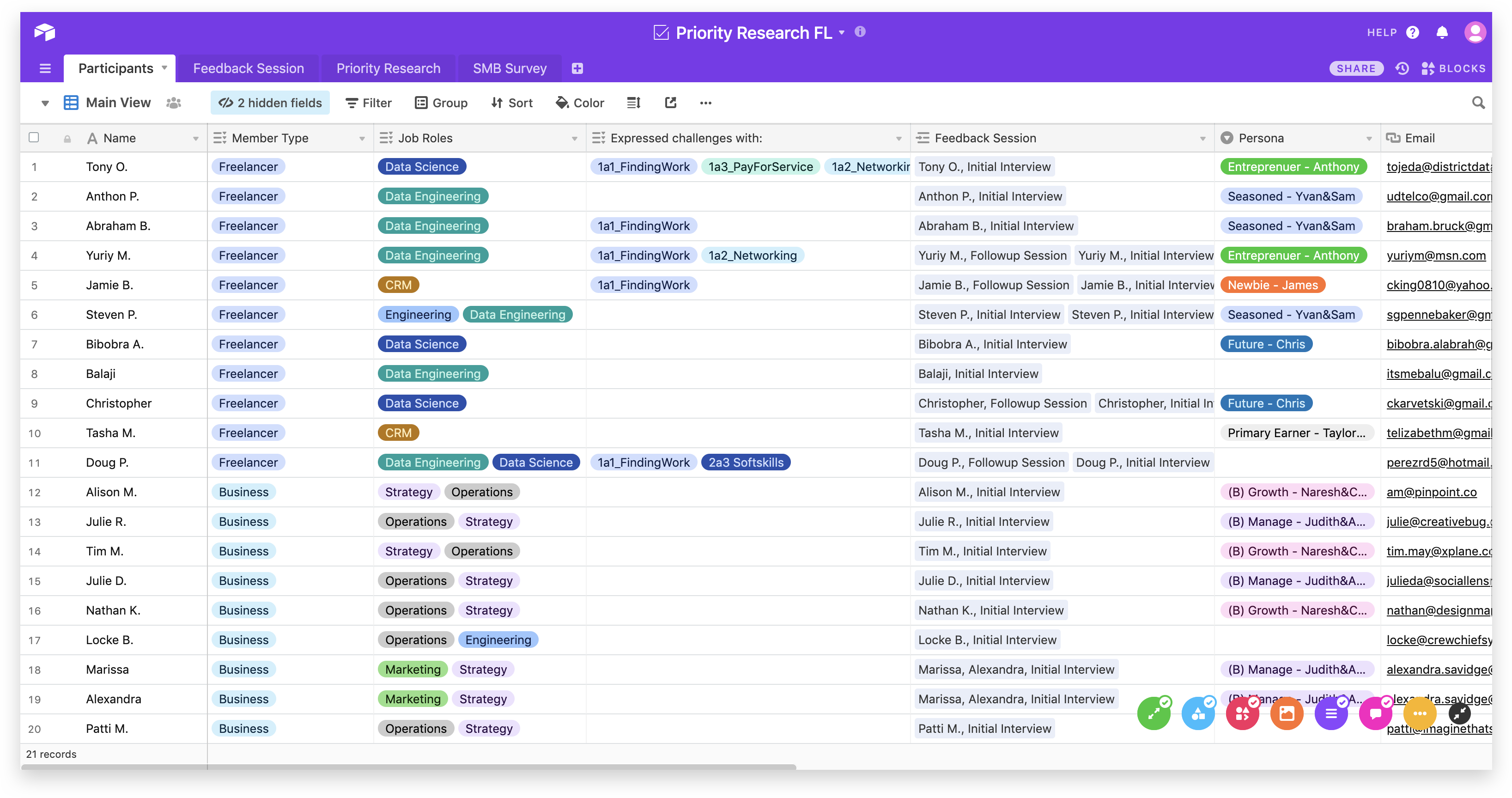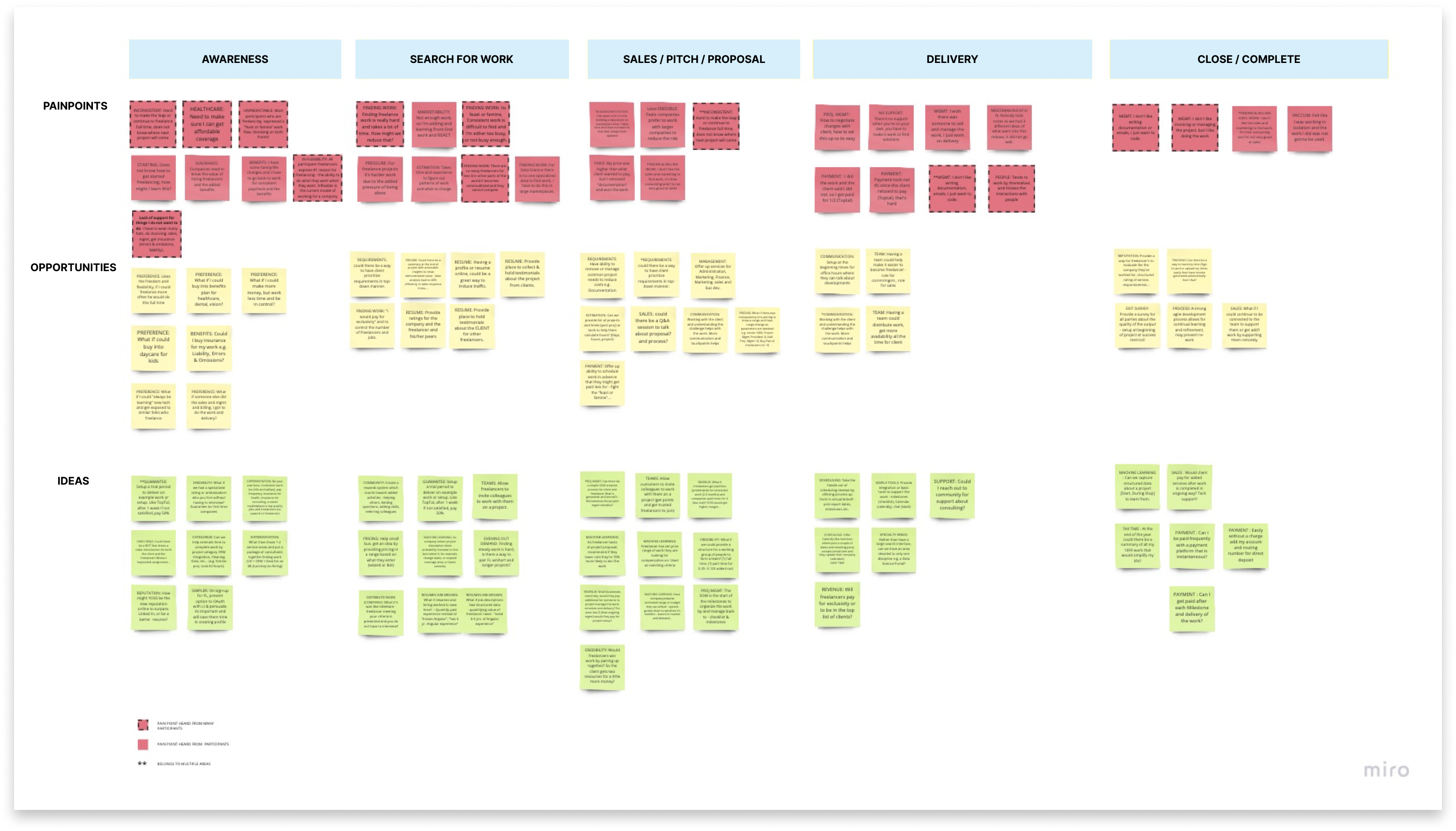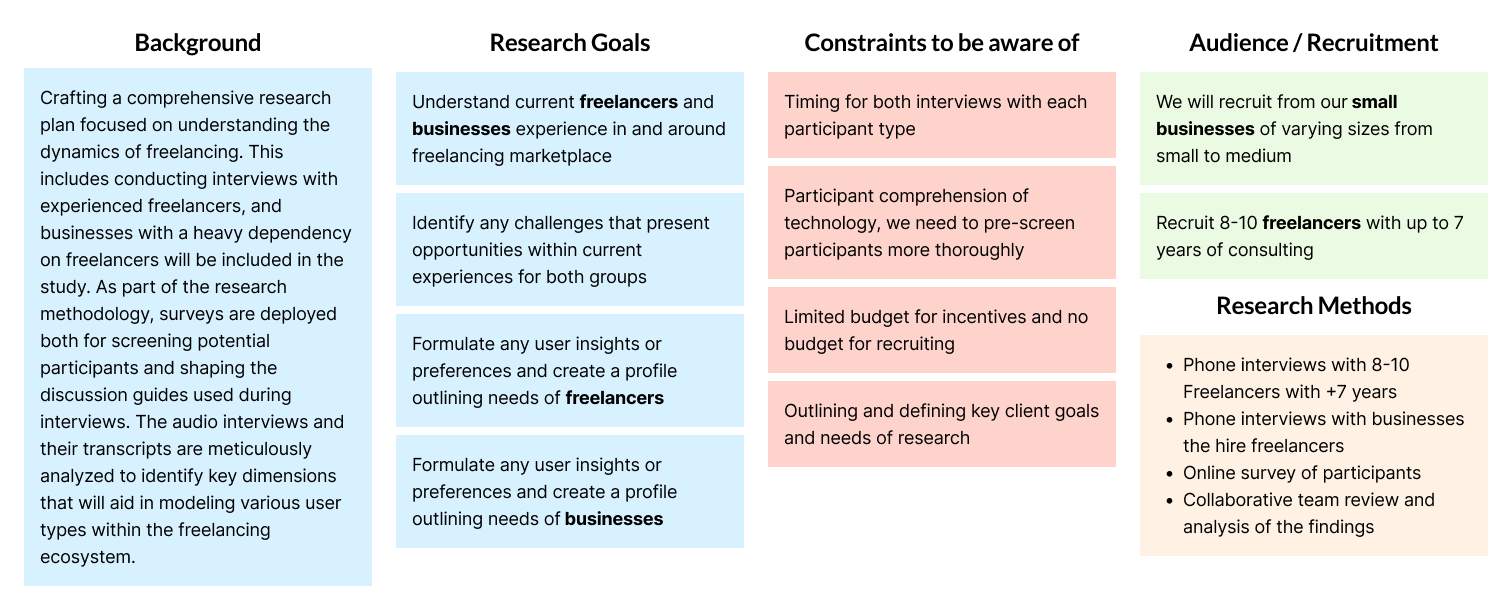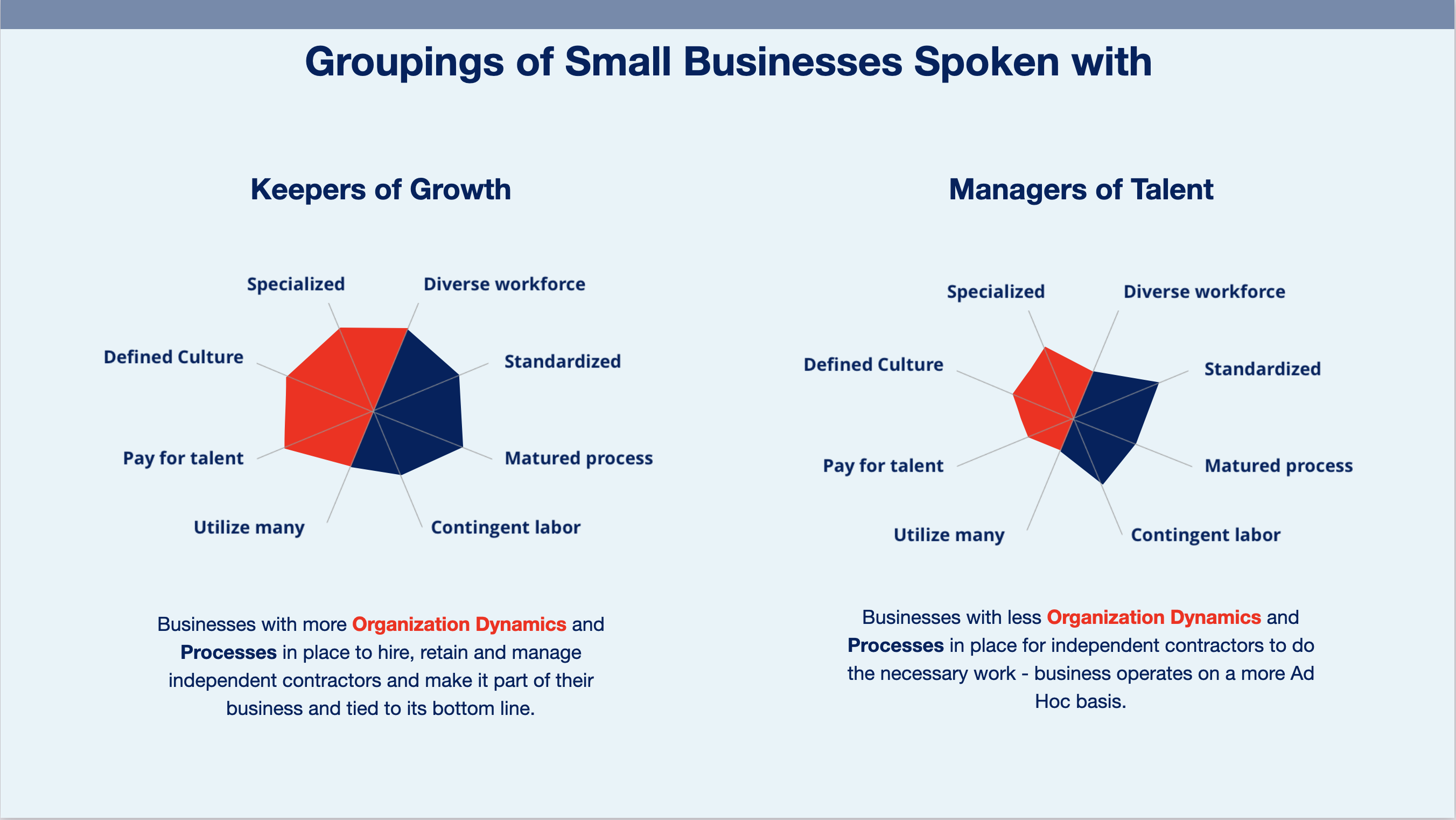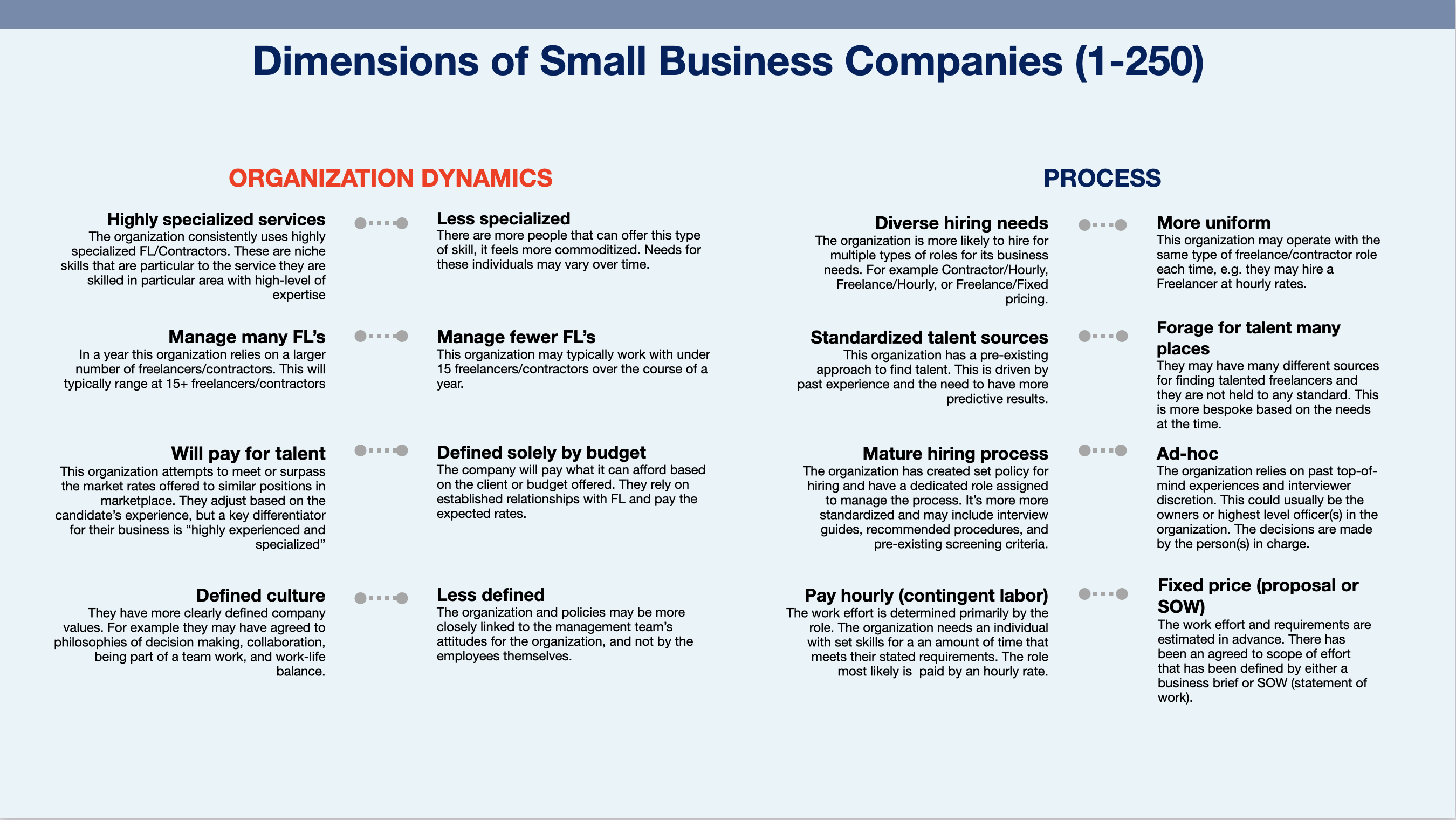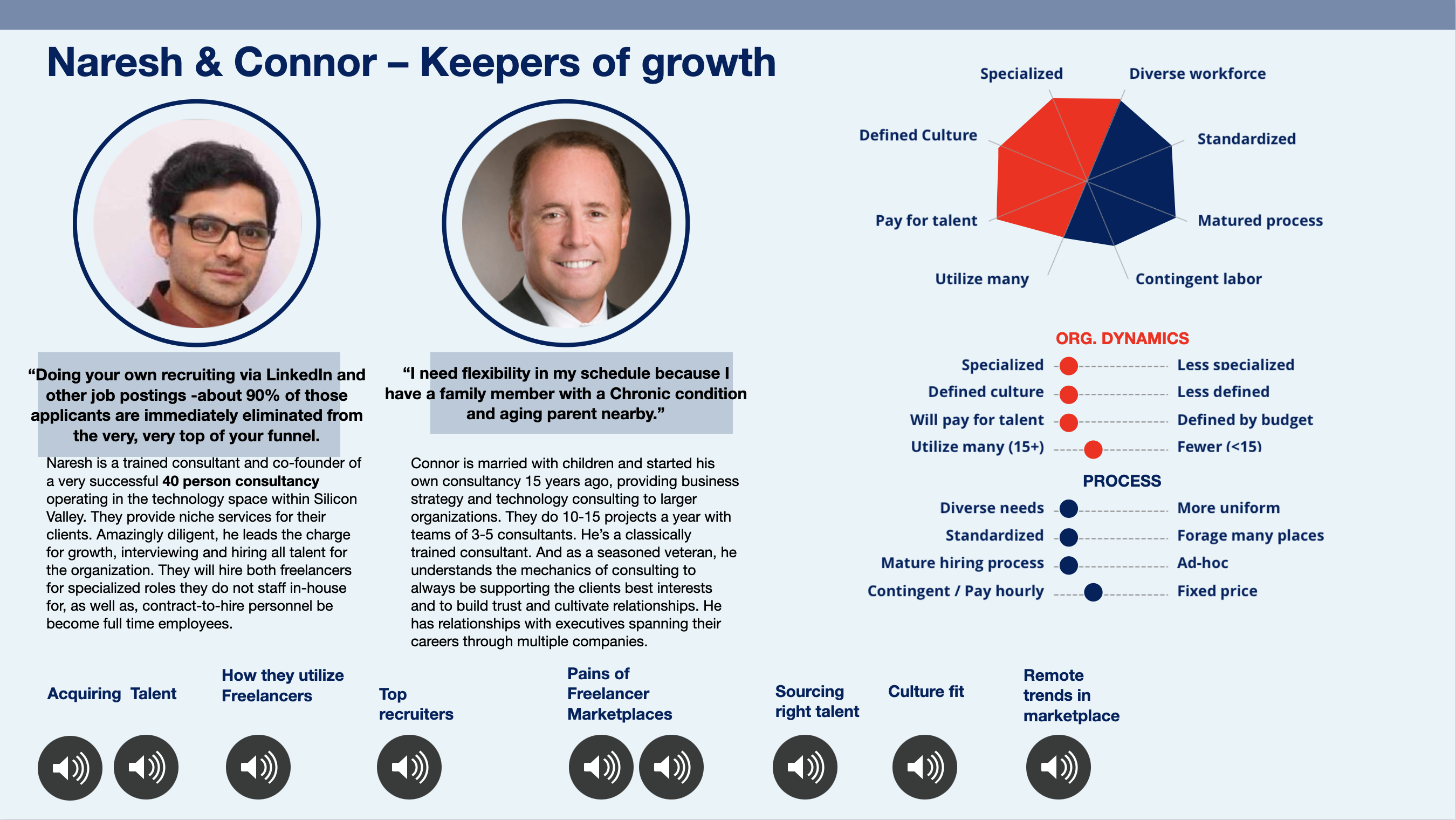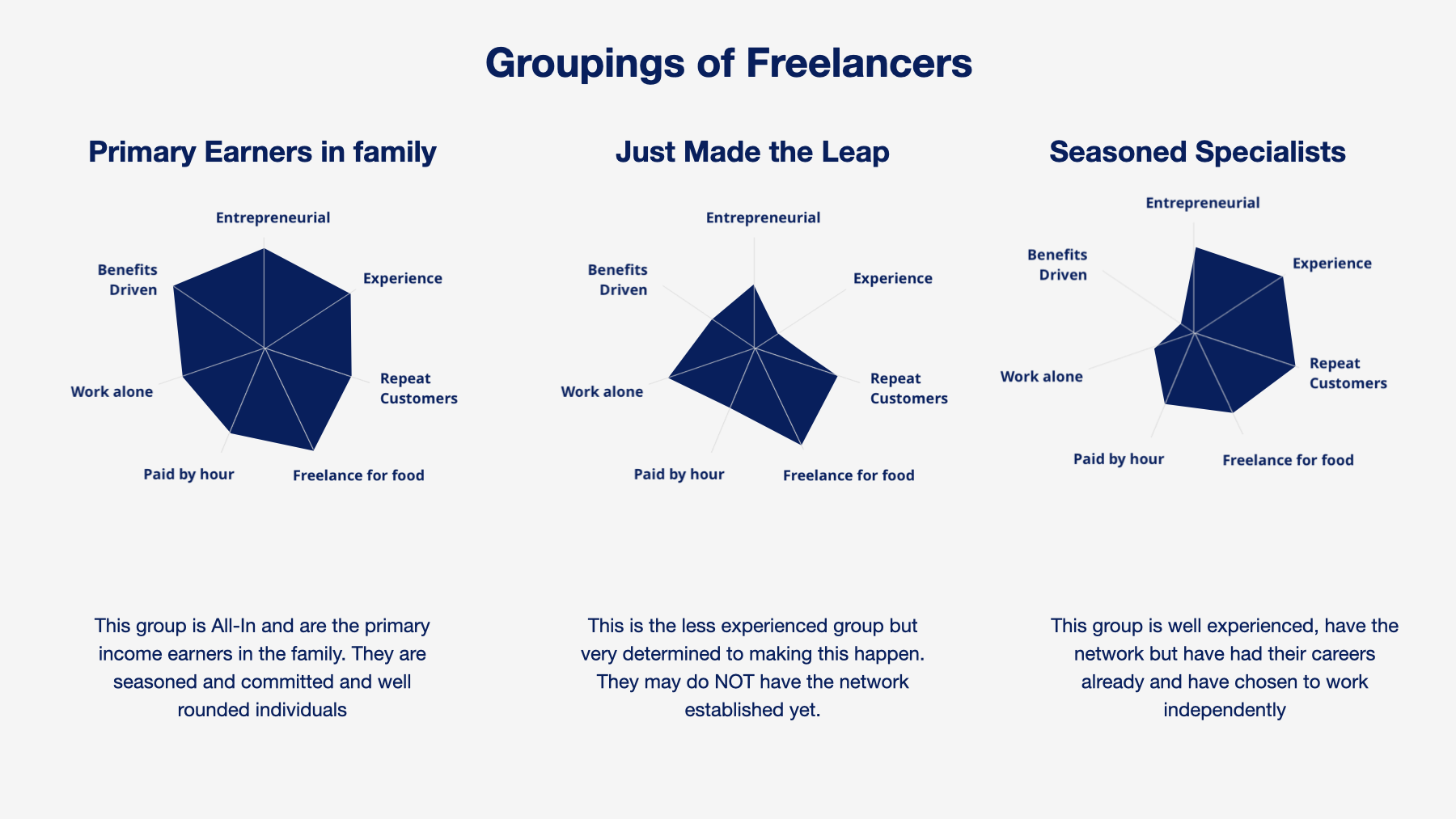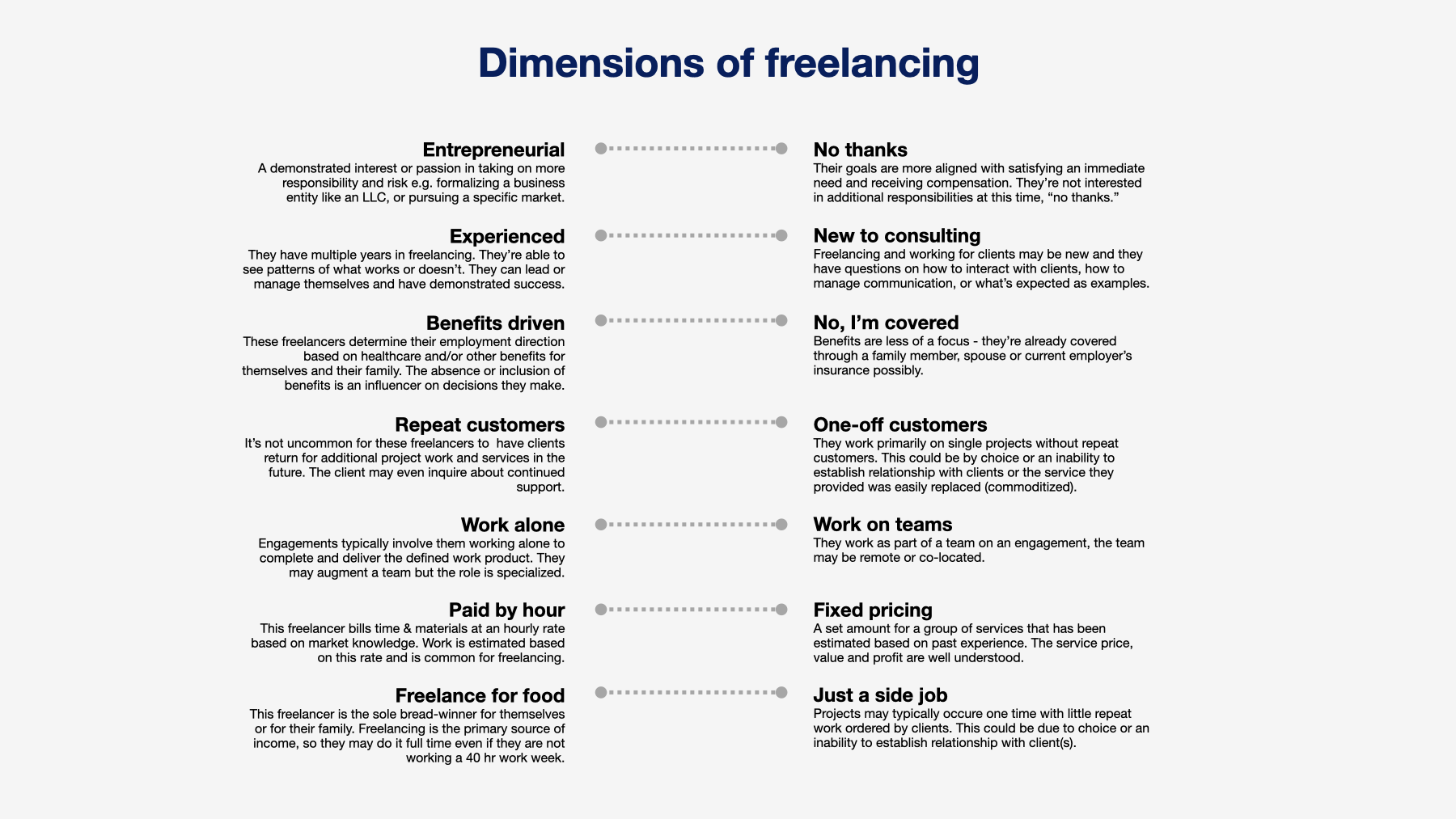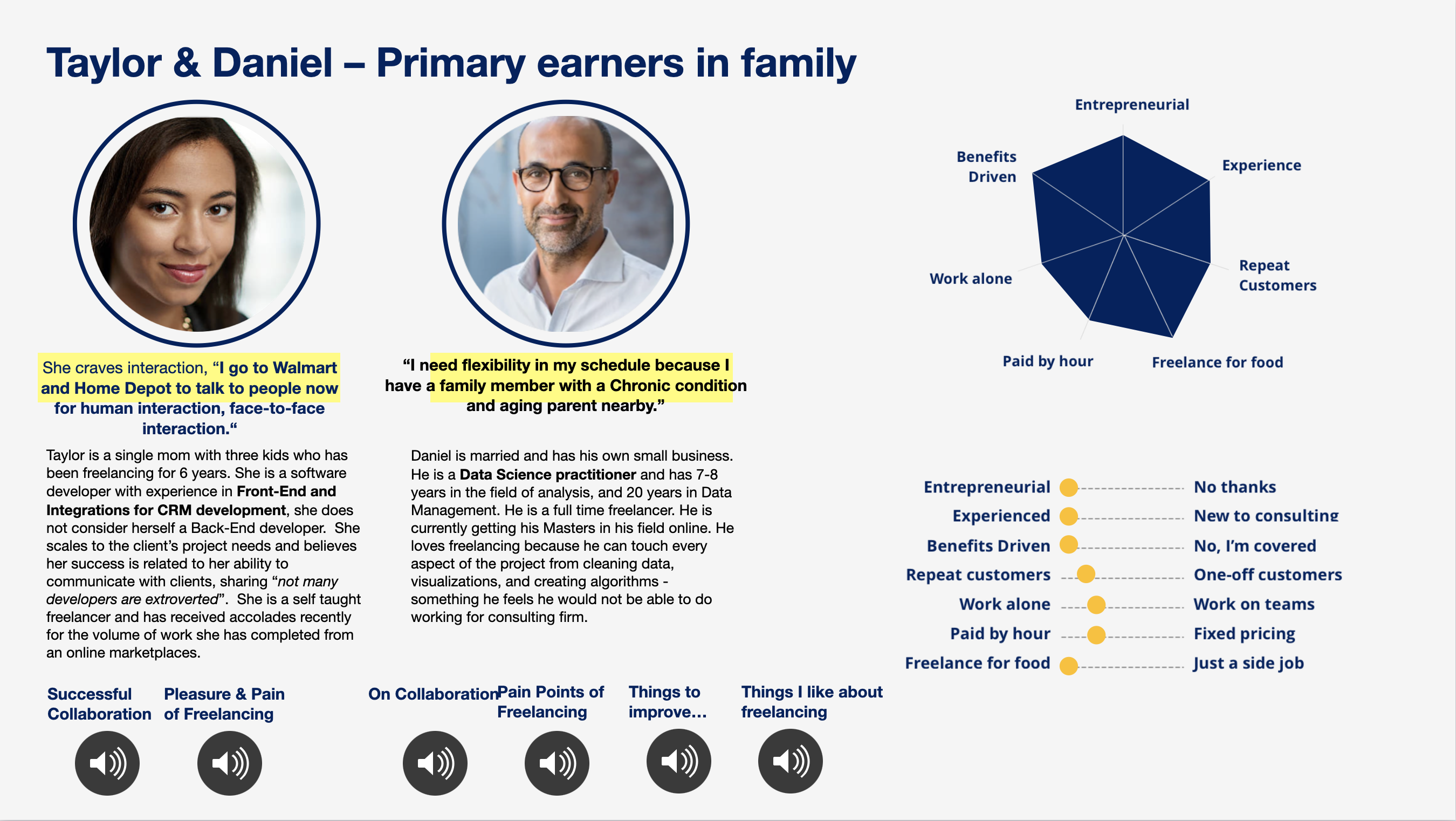Gray Kuglen
I'm a Product Designer, User Researcher, and Strategist based in the San Francisco Bay Area. I specialize in building products from the ground up for customers.
Machine Learning for Real Estate: Boosting Cash Flow & Property Value with Data-Driven Models
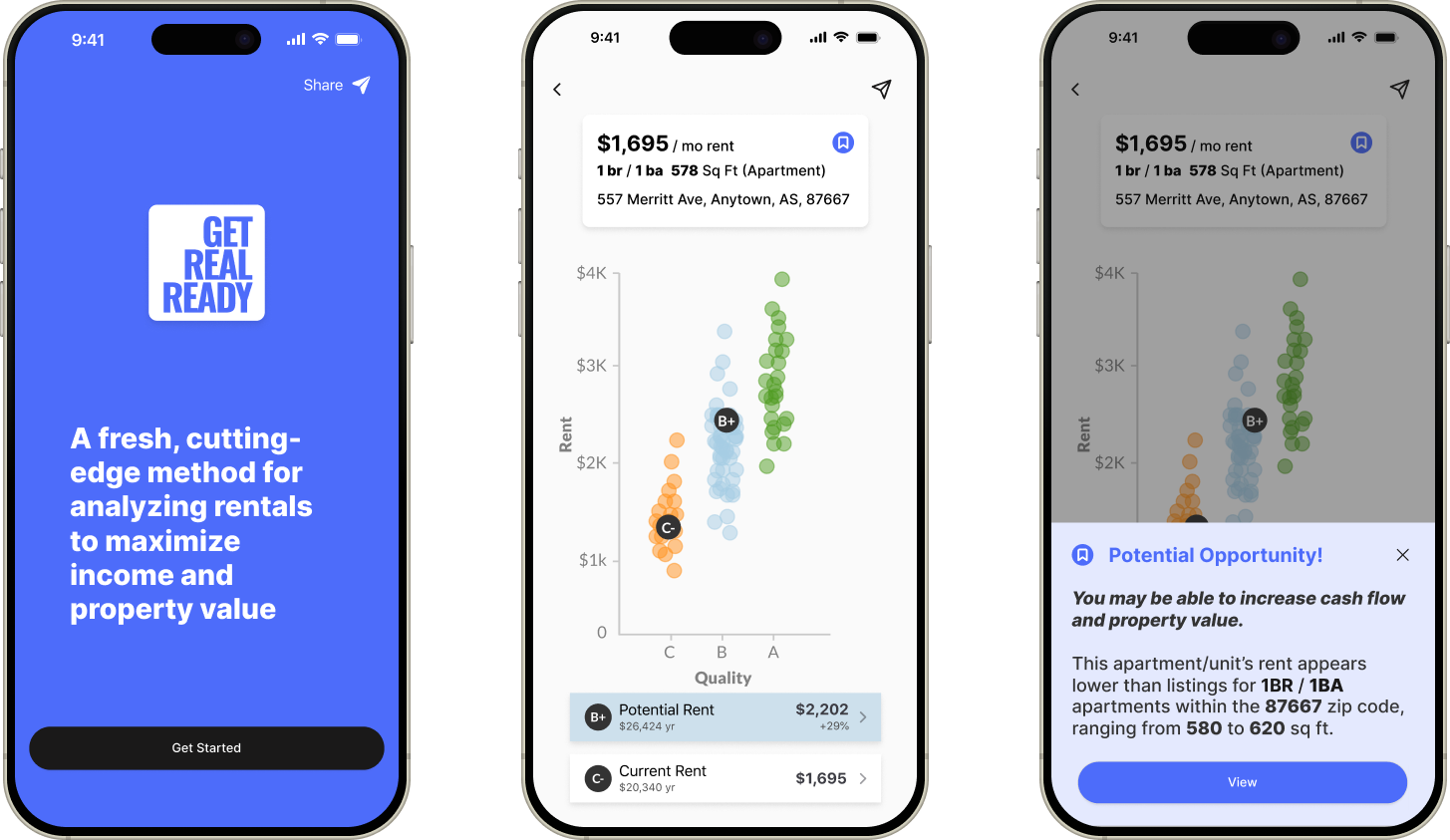
In one apartment, our valuation approach created 16% more cash flow while increasing equity by 5-6%. Scaling this across multiple properties, we've grown portfolio cash flow 46% and trimmed expenses by 4-5% since 2023.
View Details →Streamline Property Insurance: Get a Quote in Under 5 Minutes from Your Phone
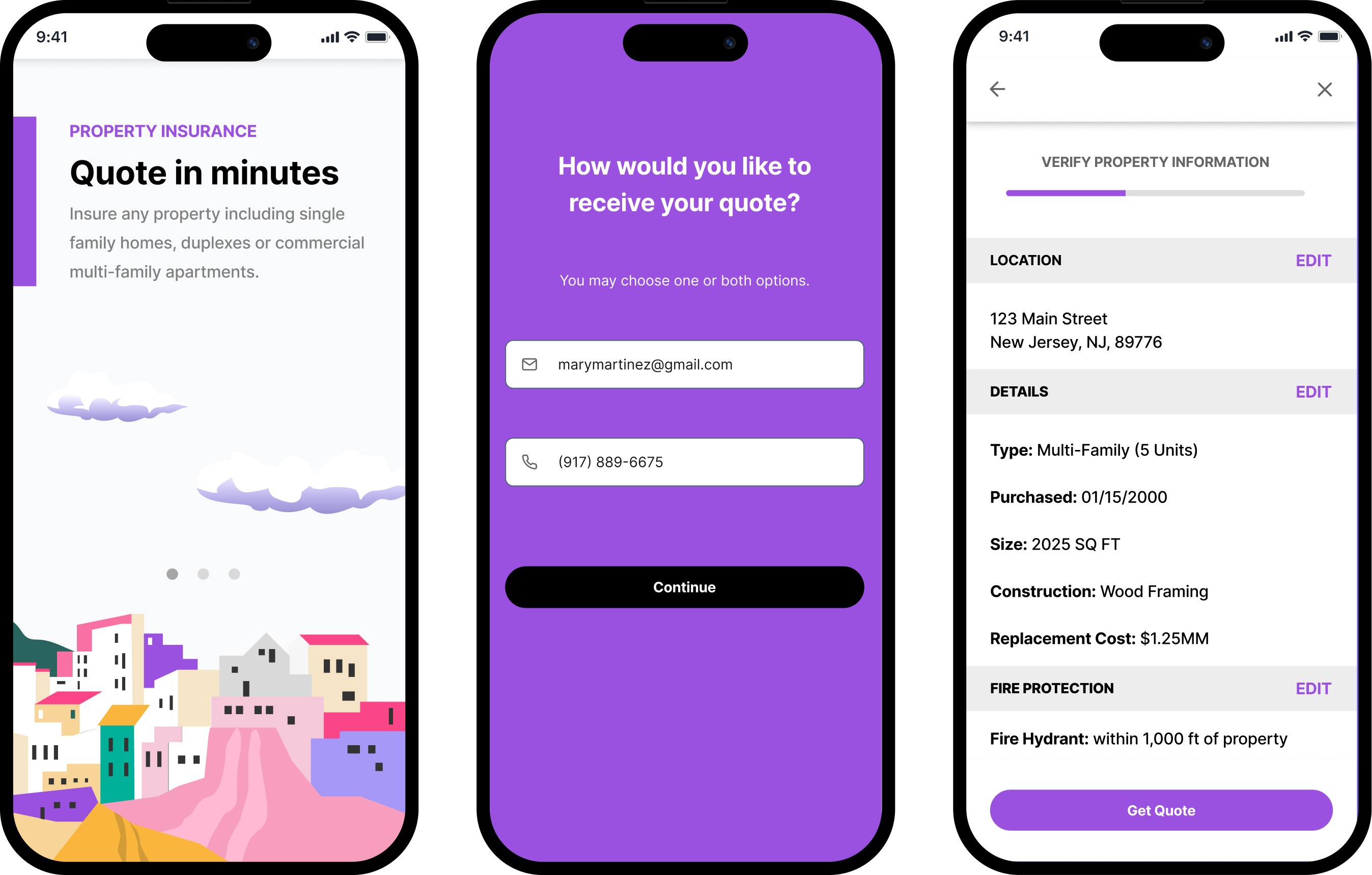
I built a new service from the ground up for Azibo, expanding the startup into the Property Insurance vertical. Partnering with multiple vendors, we designed a seamless process to generate instant insurance quotes for landlords via API integration.
View Details →Simplify Apartment Rentals: Our solution provides tenants with a potential savings of $39.95 and streamlines landlords' application review process by 30%.

Through iterative research and design, we identified inefficiencies requiring tenants to pay for each application. We streamlined the process by allowing tenants to self-report key criteria.
View Details →North Star for Home Healthcare
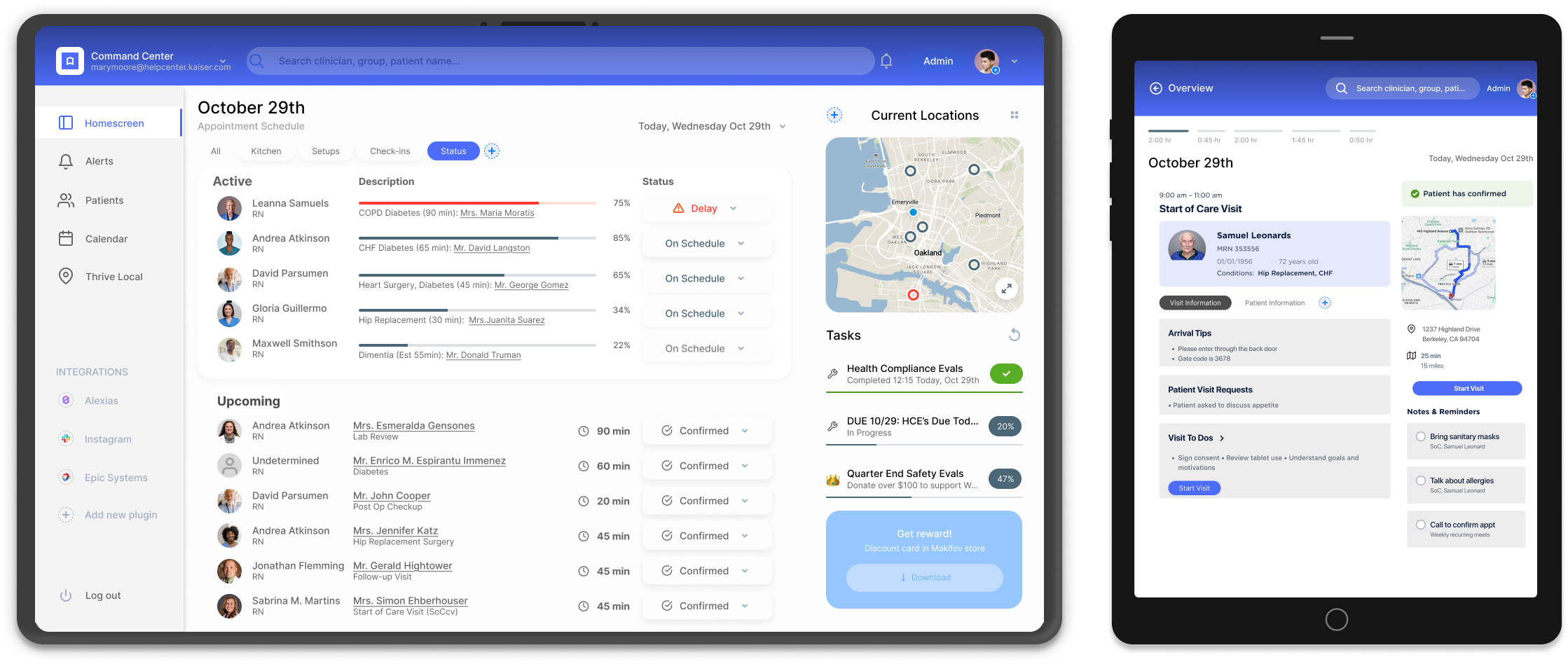
Shifting economics, needs, and environments are driving the evolution of home healthcare. Kaiser Permanente embraced this change, seeking a fresh vision for delivering house-call services.
Innovating Online Fit: A POC to Minimize Clothing Returns
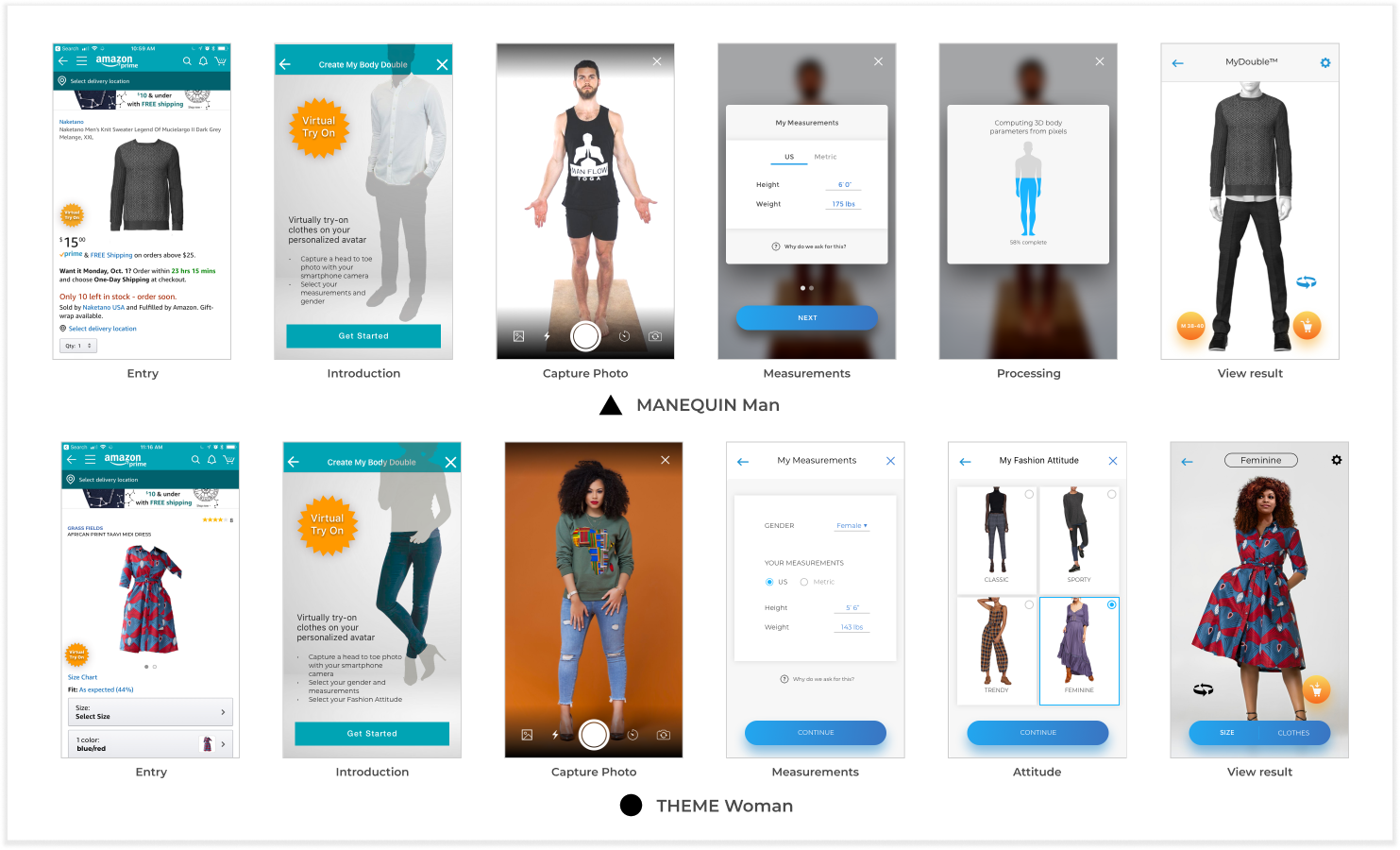
Tasked with creating a proof of concept (POC) to reduce high return rates for online clothing purchases, I collaborated with another designer to develop multiple concepts.
Uncovering User Needs: Discovery Research for Informed Product Design
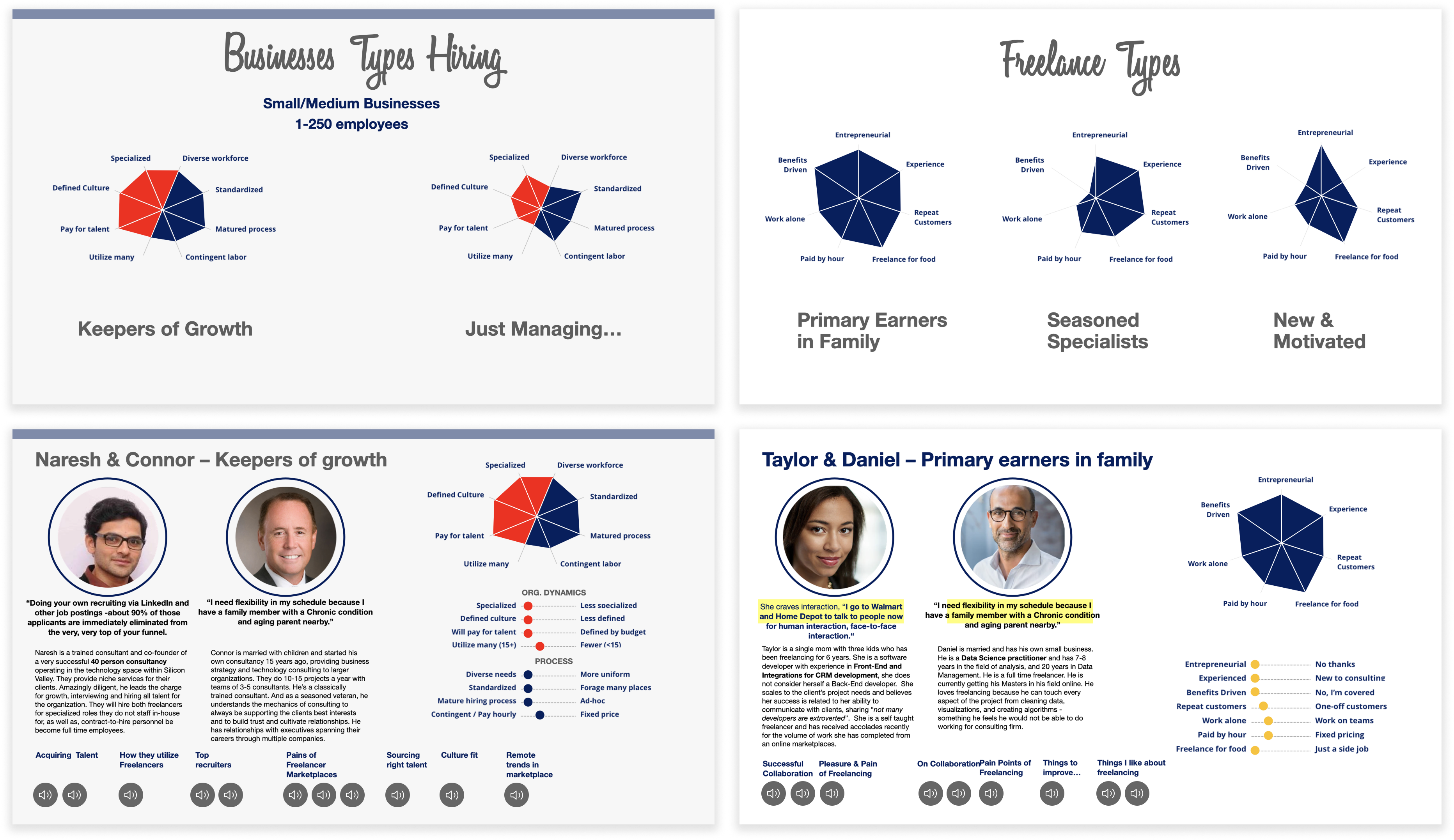
Led discovery research for a startup's product development process to uncover deep user needs, motivations, and pain points for both businesses hiring contractors/freelancers.
View Details →